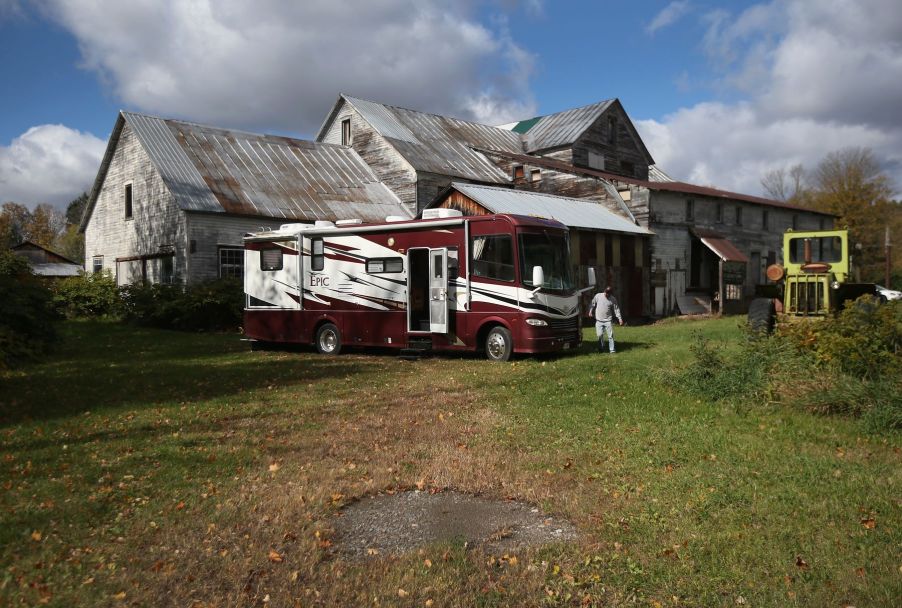
Is It Hard to Buy an RV?: What You Should Know About Loans
Campers and RVs come in many types, all of which vary in their cost depending on their model and make. If you want an RV with all the amenities you would need in your home, be prepared to dig deep into your pockets. A luxury RV could cost anywhere from $60,000 to a million dollars.
In addition to the expensive sticker price, you will be required to cater for additional expenses such as gas, insurance, and maintenance fees. With such a big investment, it is important to understand how RV loans work, alongside various challenges that you may encounter along the way. Read along to discover five things you should know about financing an RV, according to Credit Karma.
1. It is not easy to qualify for a loan

It is more challenging to secure a loan for an RV than it is to get financing for a car. Considering the amount you are applying for and the loan term, getting approval for an RV loan could be the same as going through the process of applying for a mortgage.
Lenders look for factors such as your current debt, your income, and your employment history. A lack of income and lots of debt could put you at a disadvantage of being approved for a loan.
2. You could end up paying a lot of interest
While you could pay fair interest rates of 4.5%, some RV loan interests could amount to as much as 18%. Many factors determine the amount of interest you will pay on your loan, such as your choice of lender, your credit score, amount of money borrowed, the duration of the loan, and how much down payment you make.
A longer loan term means that the interest rates will go higher. Most lenders will approve a repayment term of between 10 to 15 years. However, other lenders may let you repay the loan in as many as 20 years, but at an additional cost.
3. You could owe more than the RV is worth
In most cases, you will be required to pay a down payment to qualify for an RV loan. While you are recommended to put 20% as the down payment, some lenders will loan you a 10% down payment. Other lenders will not even ask you to make a down payment.
It is essential to keep in mind that if you make little or no down payment, you may owe the lender more money than the actual value of the RV. RVs have a high depreciation rate, especially brand-new ones. This rate could be as high as 20% in the first year alone. Therefore, if you plan to sell your RV in the future, you may not even recover the money you invested.
4. Explore lenders
There is a wide variety of lenders to choose from, and you should take your time making a decision. You can get financing from banks, online lenders, credit unions, or even the dealership you are purchasing your RV from.
To ensure that you are getting the best deal, compare notes and carry out extensive research. You can save thousands of dollars by just doing your due diligence.
5. You may need to use your RV as collateral
In the same way as they do car loans, lenders may require you to use your RV as security. This means that if you are late or miss out on a monthly installment, the lender is legally allowed to repossess the RV.
Nevertheless, some lenders give you the option to get an unsecured loan. With this type of loan, no asset is required as collateral. Because unsecured loans are risky for lenders, they increase the interest rates. It is also worth noting that you may not qualify for an unsecured loan if you have a low credit score because you are classified as ‘risky.’


